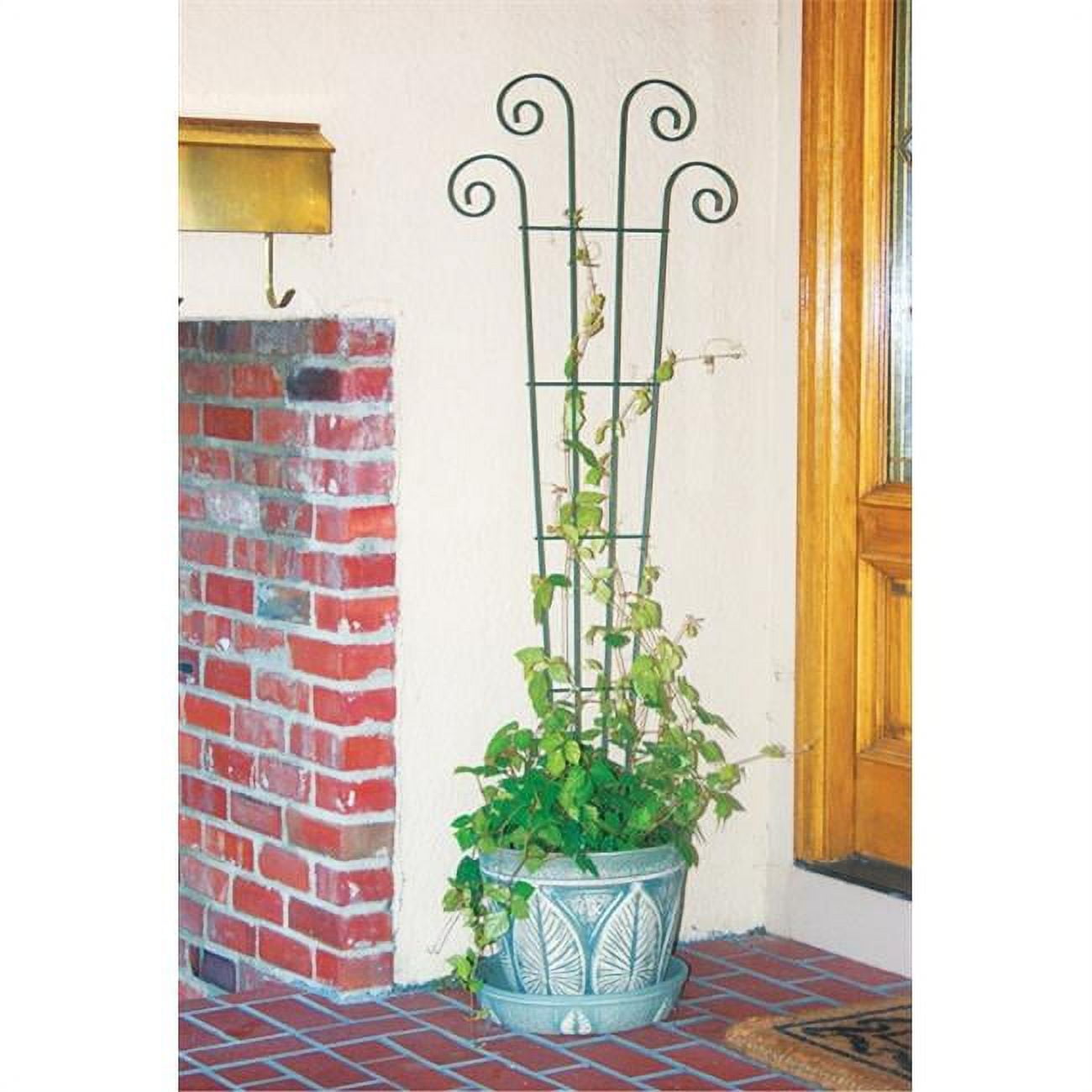The Trelliser Plant: A Guide to Growth and Care
Known for its beautiful cascading vines and vibrant flowers, the Trelliser Plant is a popular choice for both indoor and outdoor gardens. With proper care and attention, this plant can thrive and add a touch of elegance to any space. In this guide, we will discuss the characteristics of the Trelliser Plant, as well as tips for growth and care.
Characteristics of the Trelliser Plant
The Trelliser Plant, also known as the Lonicera japonica, is a species of honeysuckle that is native to East Asia. It is a climbing vine that can reach up to 20 feet in length, making it an ideal choice for trellises, fences, and arbors. The plant produces clusters of fragrant, tubular flowers that range in color from white to pink to yellow. These flowers attract bees, butterflies, and hummingbirds, making the Trelliser Plant a favorite among gardeners.
In addition to its beautiful flowers, the Trelliser Plant also produces dark green leaves that are ovate in shape. The leaves are arranged in pairs along the vine, giving the plant a lush and full appearance. When grown in optimal conditions, the Trelliser Plant can bloom throughout the spring and summer months, adding color and beauty to any garden.
Growth and Care Tips
When it comes to growing and caring for the Trelliser Plant, there are a few key factors to keep in mind. Here are some tips to help your plant thrive:
Light

The Trelliser Plant thrives in full sun to partial shade. It is important to place your plant in a location where it will receive at least 6 hours of sunlight per day. If grown indoors, make sure to place your plant near a south-facing window to ensure adequate light exposure.
Soil
The Trelliser Plant prefers well-draining soil that is rich in organic matter. Before planting, amend the soil with compost or peat moss to improve drainage and fertility. Avoid planting the Trelliser Plant in heavy clay soil, as this can lead to root rot and poor growth.
Water
Watering is a crucial aspect of caring for the Trelliser Plant. During the growing season, water your plant regularly to keep the soil consistently moist. Be sure to water at the base of the plant to avoid wetting the leaves, as this can lead to fungal diseases. In the winter months, reduce watering to allow the plant to enter dormancy.
Fertilizer
Feed your Trelliser Plant with a balanced fertilizer during the growing season to promote healthy growth and blooming. Use a slow-release fertilizer or liquid fertilizer diluted to half strength every 4-6 weeks. Avoid over-fertilizing, as this can lead to excessive foliage growth at the expense of flowers.
Pruning
Pruning is essential for maintaining the shape and health of the Trelliser Plant. Remove dead or damaged branches regularly to encourage new growth. Trim back overgrown vines to promote a bushier, more compact appearance. Prune after blooming to prevent the plant from becoming too leggy.
Pests and Diseases
The Trelliser Plant is relatively resistant to pests and diseases, but it can still be susceptible to aphids, spider mites, and powdery mildew. Keep an eye out for signs of infestation, such as yellowing leaves or sticky residue on the plant. Treat pests with insecticidal soap or neem oil, and prevent fungal diseases by ensuring good air circulation around the plant.
Conclusion
The Trelliser Plant is a versatile and beautiful addition to any garden. With its cascading vines and colorful flowers, this plant can brighten up any space and attract pollinators. By following the tips outlined in this guide, you can ensure that your Trelliser Plant thrives and continues to bring joy for years to come.